The Z30 is the third camera from Nikon to join the DX line-up (APS-C sensor). It is very similar to the Z50 in terms of its specifications, but has a few key differences designed to appeal to v-loggers and YouTubers.
Let’s see how these two cameras compare, but first, here is a list of all the things they share in common:
- 20.9MP APS-C (DX) sensor
- ISO 100 to 51,200 (up to 204,800 with extended range)
- Hybrid autofocus with 209 points, Eye AF for humans and animals (cats and dogs)*
- 11fps of maximum continuous shooting speed
- 4K up to 30p, 1080p up to 120p
- No in-body stabilisation (but electronic VR available for video, with a small crop)
- No Log or HDR gamma (Nikon’s Flat profile available)
- Mic input (no headphone output)
- Single card slot (SD UHS-I)
- EN-EL25 battery with a CIPA rating of 330/320 frames
*Note about the AF: Nikon rates the Z30 at -3EV with an f/1.8 lens (-4.5EV with the Low Light AF mode), whereas the Z50 is rated at -2EV or -4EV with an F2 lens. This means a difference of less than 1 stop in real world use. A bit confusing that Nikon didn’t use the same aperture to measure both cameras.
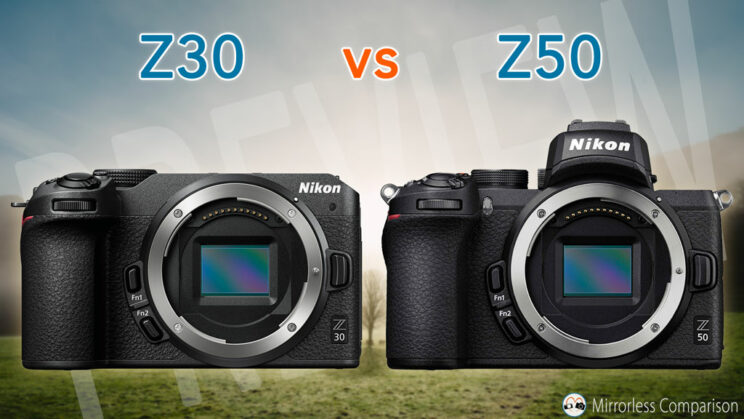
Ethics statement: the following is based on our direct experience with the Z50 and official information about the Z30. We were not asked to write anything about these products, nor were we provided any compensation of any kind. Within the article, there are affiliate links. If you buy something after clicking one of these links, we will receive a small commission. To know more about our ethics, you can visit our full disclosure page. Thank you!
1. Viewfinder
One of the major differences between these two cameras is the electronic viewfinder: the Z30 doesn’t have a built-in EVF, nor is there the possibility to attach an optional one.
The Z50 has a decent viewfinder, although it is somewhat small. It features a 0.39-in OLED panel with 2.36M dots. The magnification is 1.02x magnification and the eyepoint is 19.5mm.
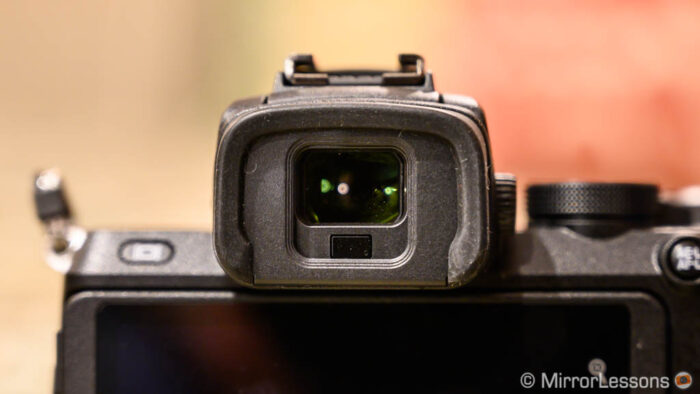
2. LCD Screen
The second important difference is the design of the rear monitor.
On the Z30, the panel is small (3.0-inches) but can be opened to the side and rotated 180˚. It’s the classic solution seen on many cameras, and one that usually pleases video creators.
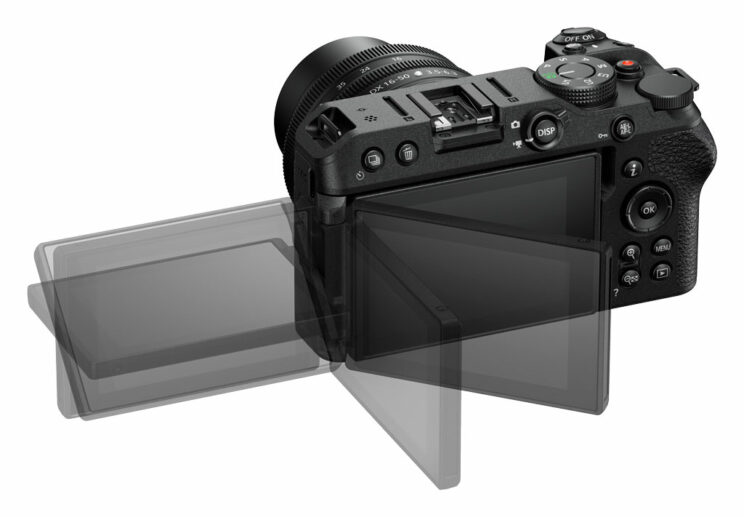
The Z50 has a larger screen (3.2-inches) but the articulation is different: it can tilt down to approximately 170˚, but this mechanism means you can’t attach the camera to a tripod or gimbal while filming yourself. It’s designed for hand-held use only.
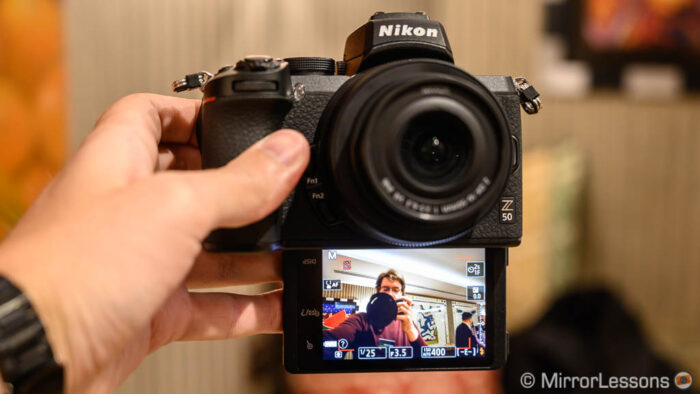
Both monitors are touch sensitive and share the same resolution of 1.04M dots.
3. Video Recording Limitation
Both cameras can record 4K video up to 30p, but the Z50 has the 30 minute / clip limitation, whereas the Z30 doesn’t have any recording cap.
According to DPreview, the Z30 should be able to record about two hours of Full HD footage (with the camera powered via USB, as the battery won’t last that long) but it looks like 4K won’t go longer than 35 minutes in an ambient temperature of 25˚C.
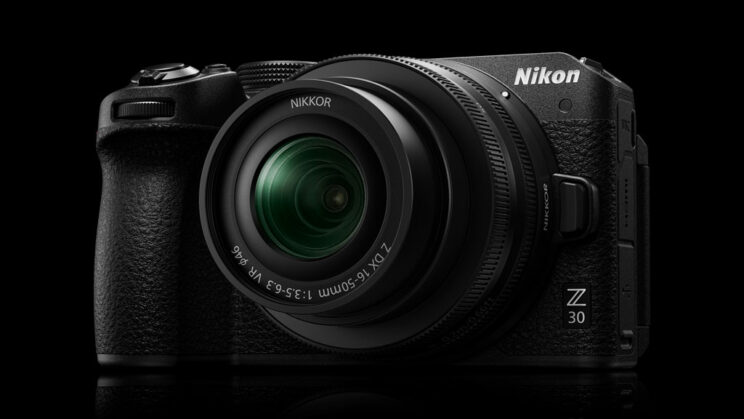
4. Design
The Z50 is obviously taller because of the built-in viewfinder, but otherwise the size and weight are similar. Both products are weather sealed, although don’t expect the same high quality grade as the Z6 and Z7 series.
- Z30: 128 x 73.5 x 59.5mm, 405g
- Z50: 126.5 x 93.5 x 60mm, 450g
On the front, both feature two function buttons near the mount, so the difference is found on top, where the position of the video recording button has changed, and on the rear where Nikon has added a drive button as well as the handy photo/video mode switch on the Z30. The new camera also features a tally lamp to indicate when it is recording.
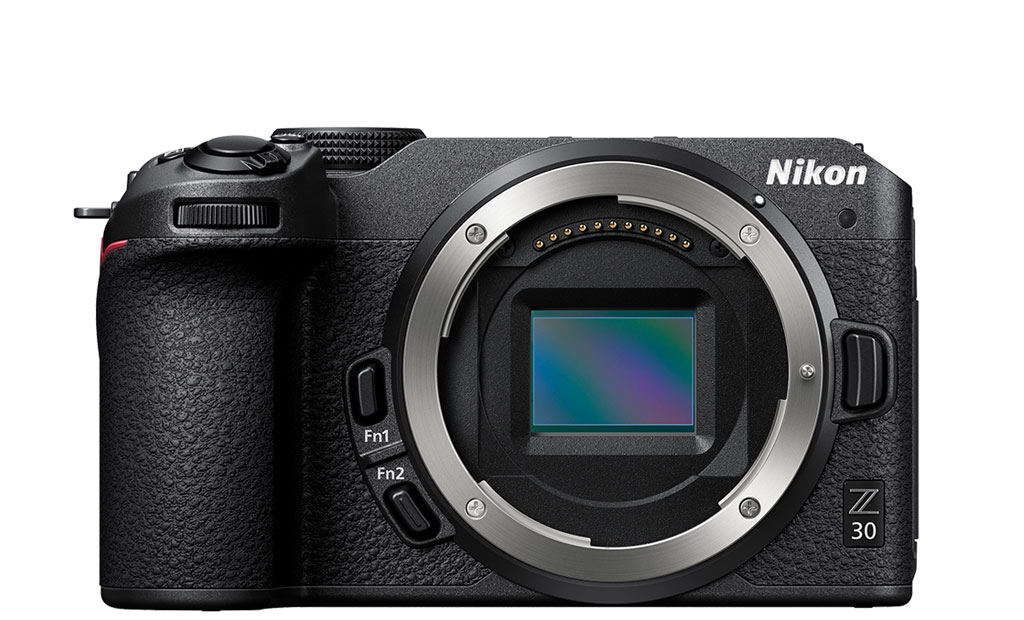
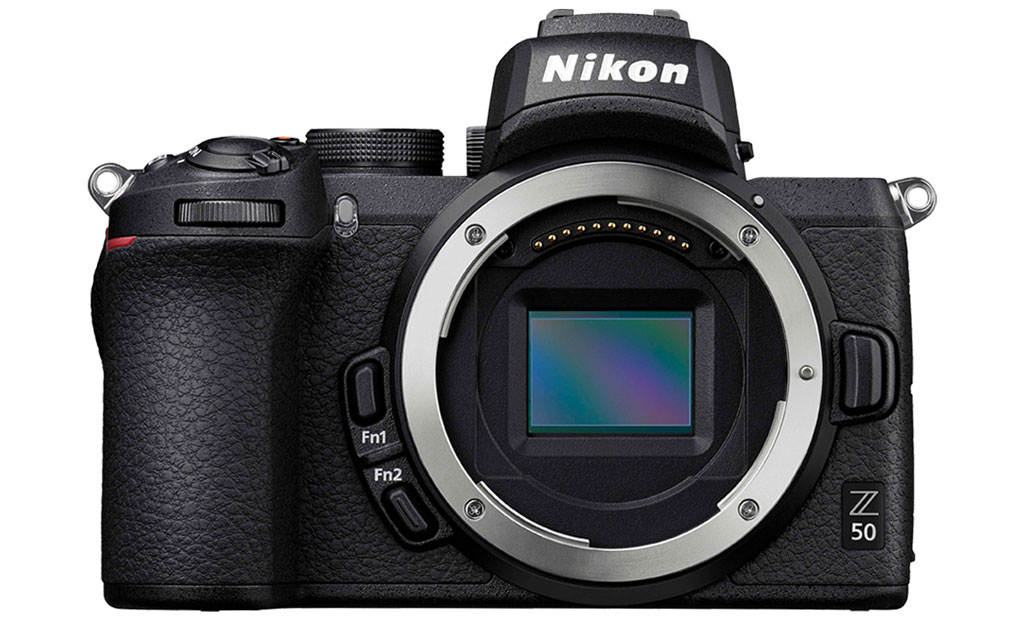
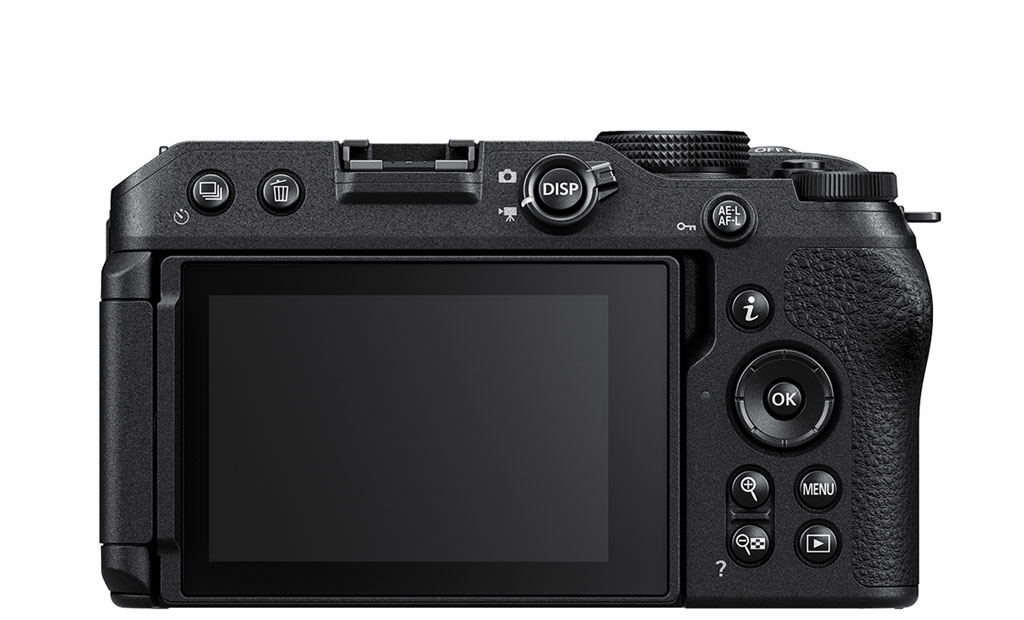
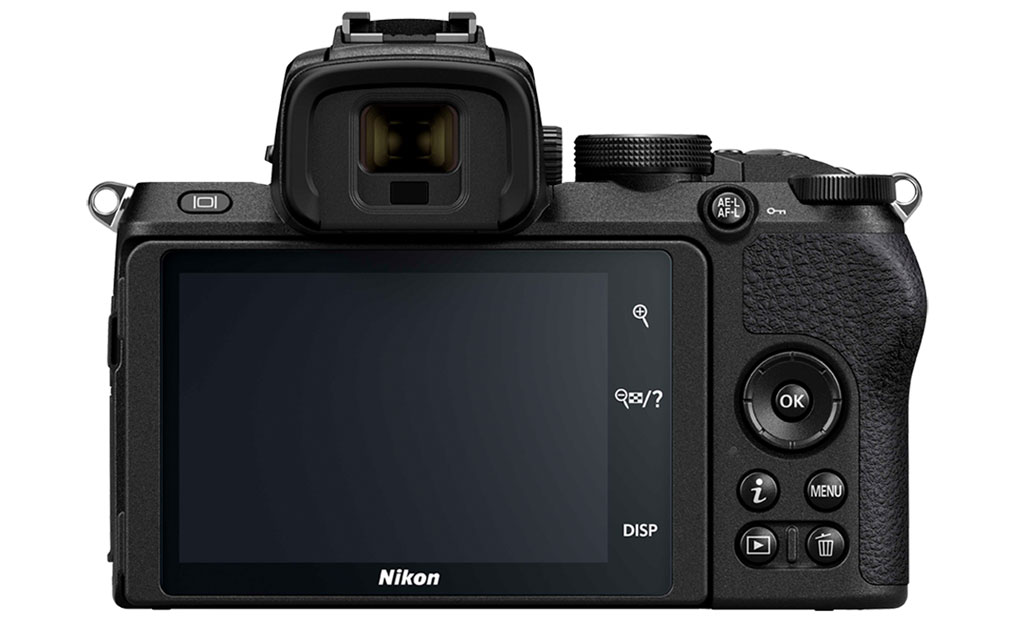
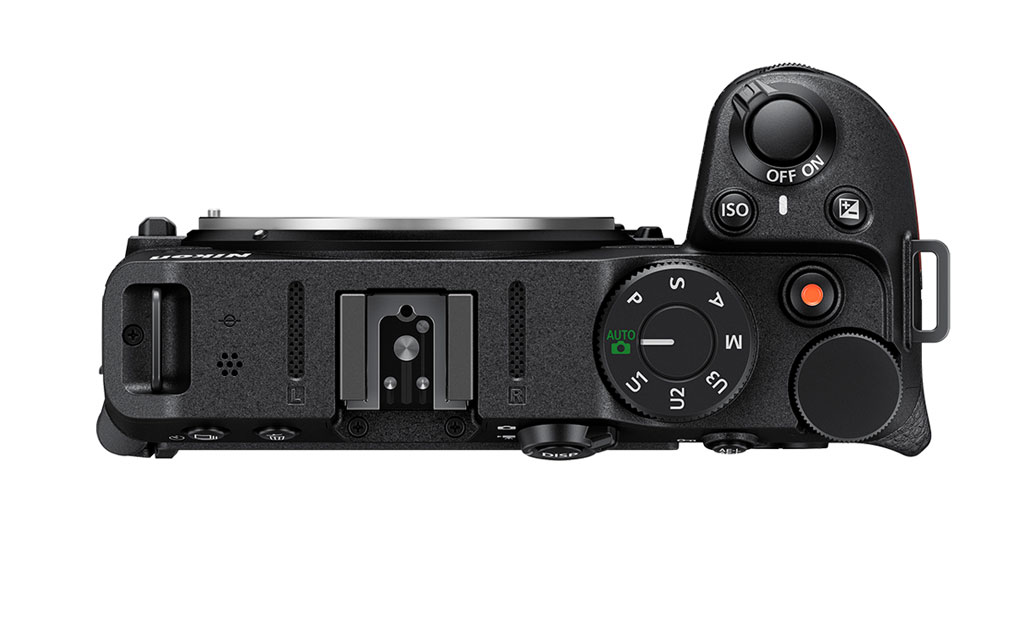
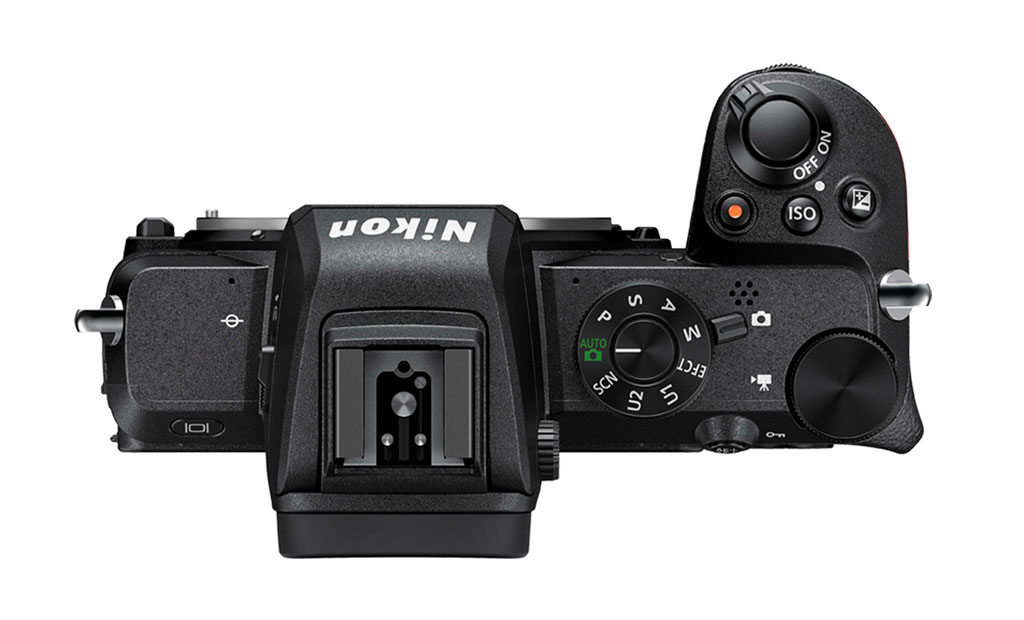
5. Price
The Z30 starts with the retail price of $700 / £700 / €800 for the body only, or $850 / £840 / €960 with the 16-50mm kit lens.
The Z50 can be found for $850 / £900 / €1000 body only, or $1000 / £1040 / €1050 with the same kit lens.
Conclusion
The Z30 is yet another camera that tries to capture the interest of the growing crowd of v-loggers and travel content creators. The LCD mechanism is certainly more useful than the one found on the Z50, and no video recording limit is great, but otherwise, the changes brought to newest model are scarce. It would have been nice to have SD UHS-II compatibility, a Log profile for video and a headphone output. The biggest advantage of the Z30 is the lower price.
Reminder: the links below are affiliate links. If you decided to buy something after clicking the link, we will receive a small commission.
Check price of the Nikon Z30 on
B&H Photo
Check price of the Nikon Z50 on
Amazon | Amazon UK | B&H Photo | eBay
